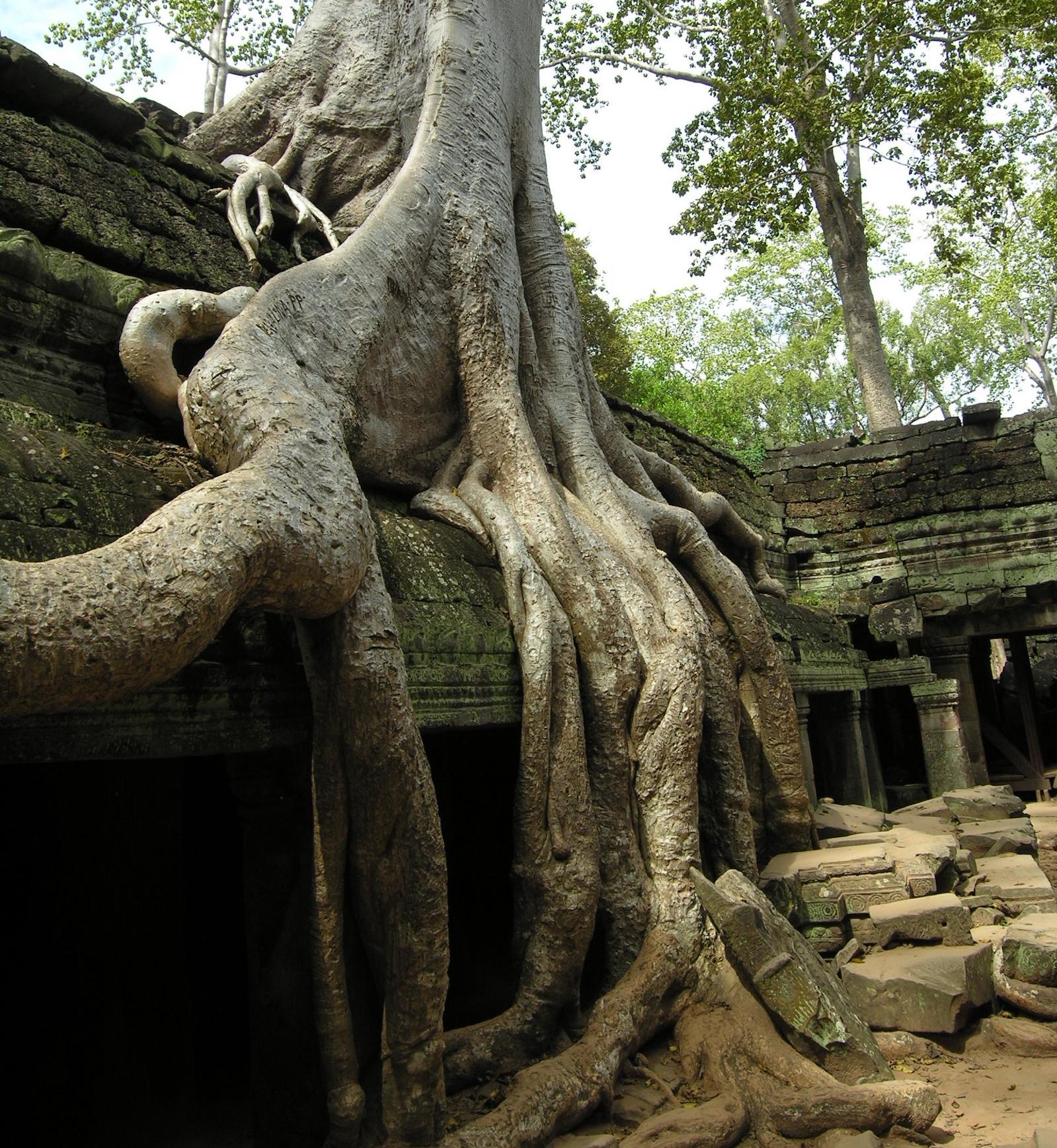The development company in question, NagaCorp, announced in November 2020 that it had been granted a fifty-year-long renewable lease to develop what they are calling the Angkor Lake of Wander on this large swath of land. Their plans include the construction of a wide range of tourist attractions including hotels, a waterpark, conference halls, and bars.
Angkor is described by Unesco as “one of the most important archaeological sites in Southeast Asia.” Located in the Siem Reap Province, The Angkor Archaeological Park contains ninth to fifteenth-century remnants of the various Khmer Empire capitals. Among the treasured sites are the Temple of Angkor Wat and the Bayon Temple.
Western tourism to Angkor and Cambodia began in the 1970s. Since then, the number of tourists flocking to Angkor each year has been on a steep incline. Though of course, the COVID-19 pandemic has caused a brief stall, these numbers are sure to resume growth once world travel is deemed safe—particularly if this construction is allowed to continue unchecked.




























